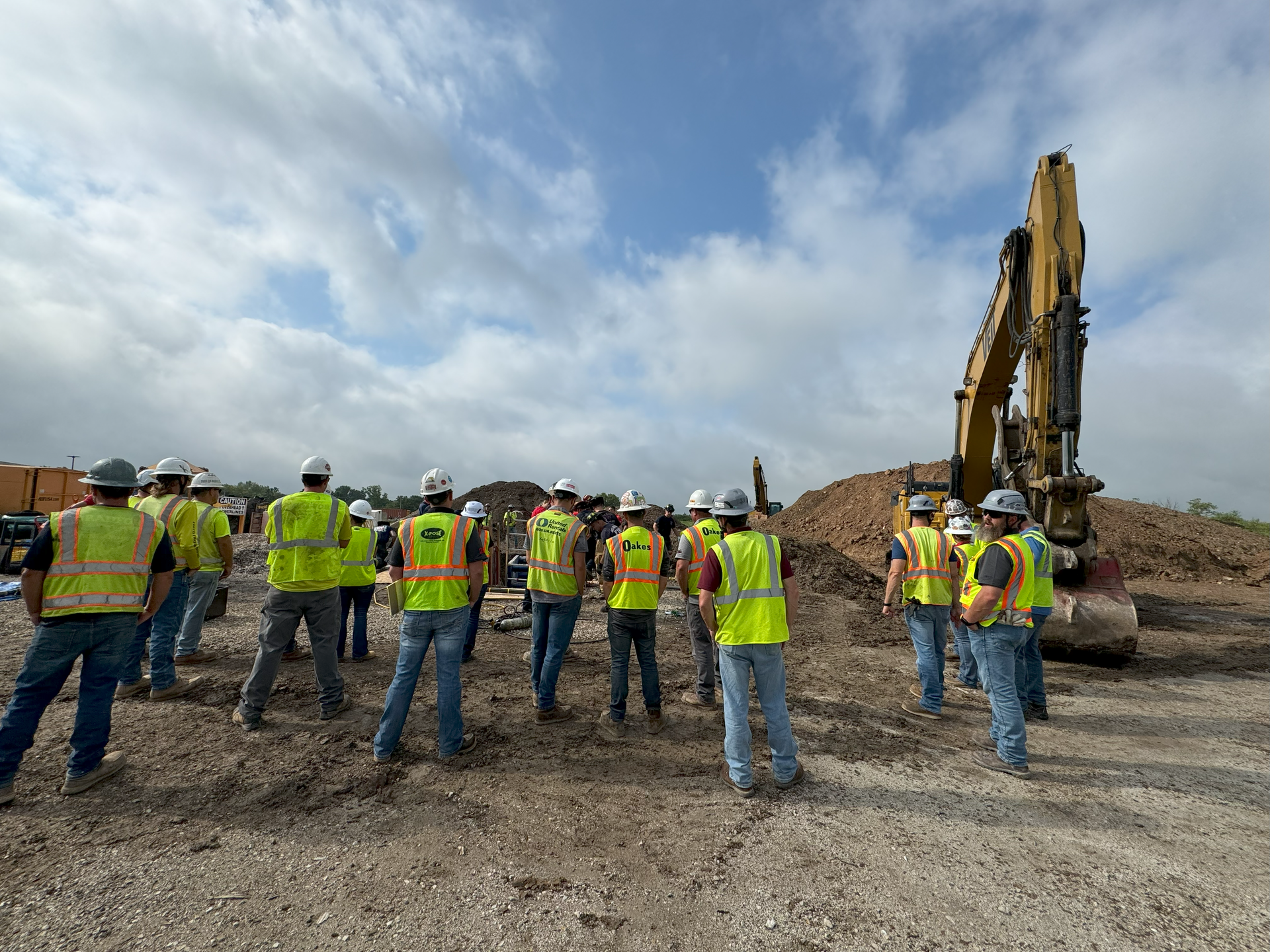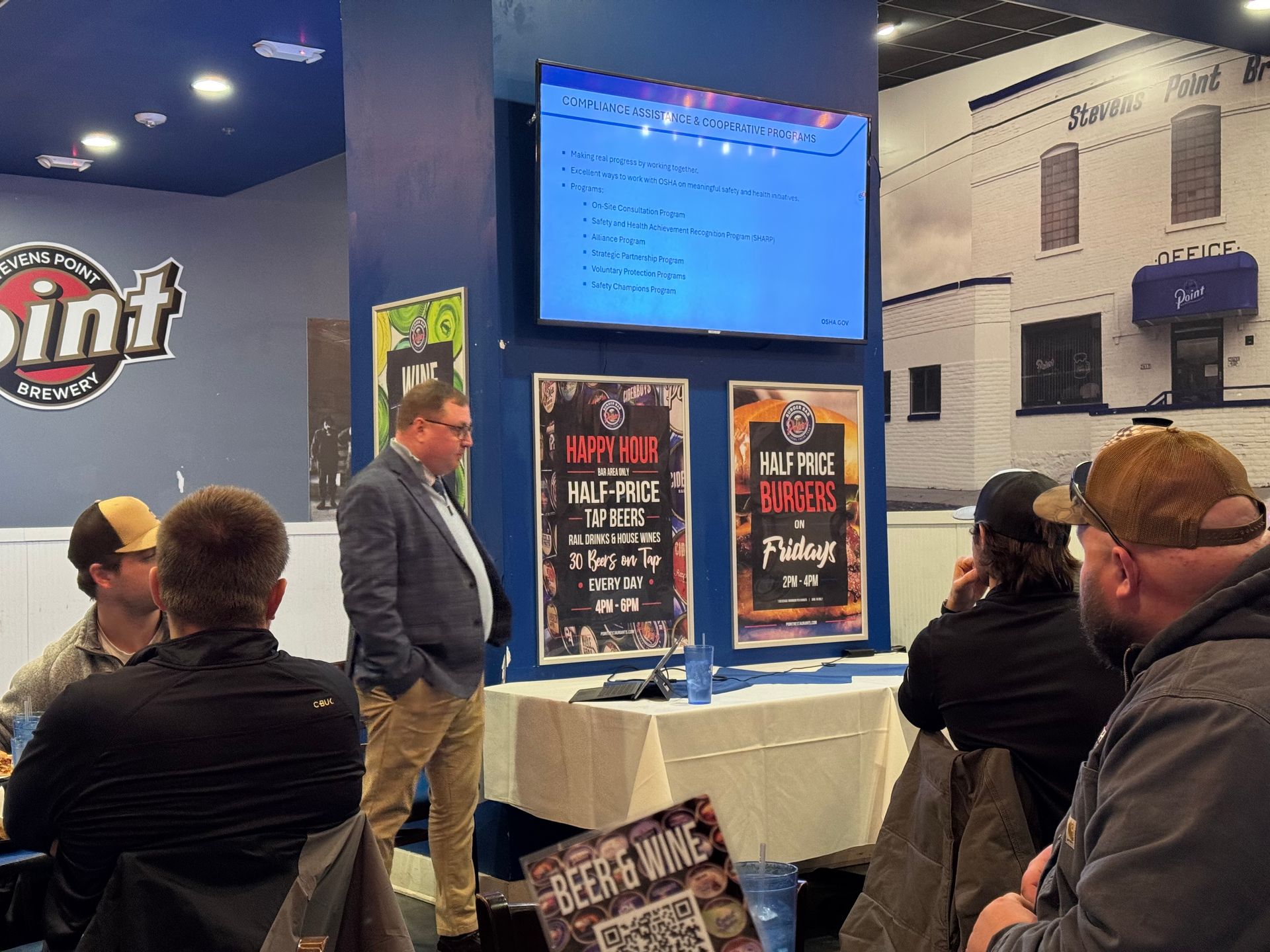Wisconsin's Youth Apprenticeship Program
February 25, 2025
Building the Workforce of Tomorrow
Wisconsin's Youth Apprenticeship (YA) program offers a unique opportunity for employers to connect with the next generation of workers while addressing workforce needs. Designed to combine hands-on learning with classroom instruction, YA bridges the gap between education and career, preparing students for a variety of industries, including construction, manufacturing, and beyond.
Why Get Involved?
Participating in the YA program can be a win-win for both employers and students. Employers gain access to motivated young talent eager to learn, while students get real-world experience that shapes their future career paths. This partnership helps build a trusted relationship between your business and the local consortium that administers the program.
How to Get Started
- Connect with Your Consortium: Your first step is reaching out to your local YA consortium. These organizations are dedicated to understanding your company’s needs and matching you with the right students. Find your local consortium at YA Consortium Directory.
- Learn from Peers: Speak with other businesses that have implemented YA programs. Their insights can help you create a successful program tailored to your organization.
- Plan for Success: Consider how your company can make the experience meaningful for youth apprentices. Are there entry-level roles to engage them? Opportunities to rotate through different departments? Pathways to transition them into specialized full-time roles?
- Address Logistics: For industries like construction, travel can be a barrier for young workers. Consider solutions like partnering with nearby schools, facilitating carpooling, or supporting apprentices in obtaining driver’s licenses.
- Be Transparent: Clearly communicate what the job entails—whether it’s outdoor work, physical labor, or unique challenges. Honesty helps set expectations for students and their families.
- Start Small: If a full apprenticeship program feels overwhelming, ease into the process by offering workshops, job site tours, or presentations at local schools.
The Role of Mentorship
A key component of YA is mentorship. Selecting the right mentor can make or break the experience for the apprentice. Mentors should be approachable, patient, and committed to guiding young workers.
A Strategic Investment
Think of YA as a "try-before-you-buy" system. These programs allow you to evaluate whether a student is a good fit for your company’s culture and long-term workforce needs. Even if you’ve already hired a student, you can still reach out to the consortium to register them in the YA program and unlock additional benefits for their development.
Investing in Wisconsin's Youth Apprenticeship program isn’t just about meeting today’s workforce demands—it’s about building a stronger future for your business and community.
Ready to take the next step? Visit Wisconsin Youth Apprenticeship to learn more!





